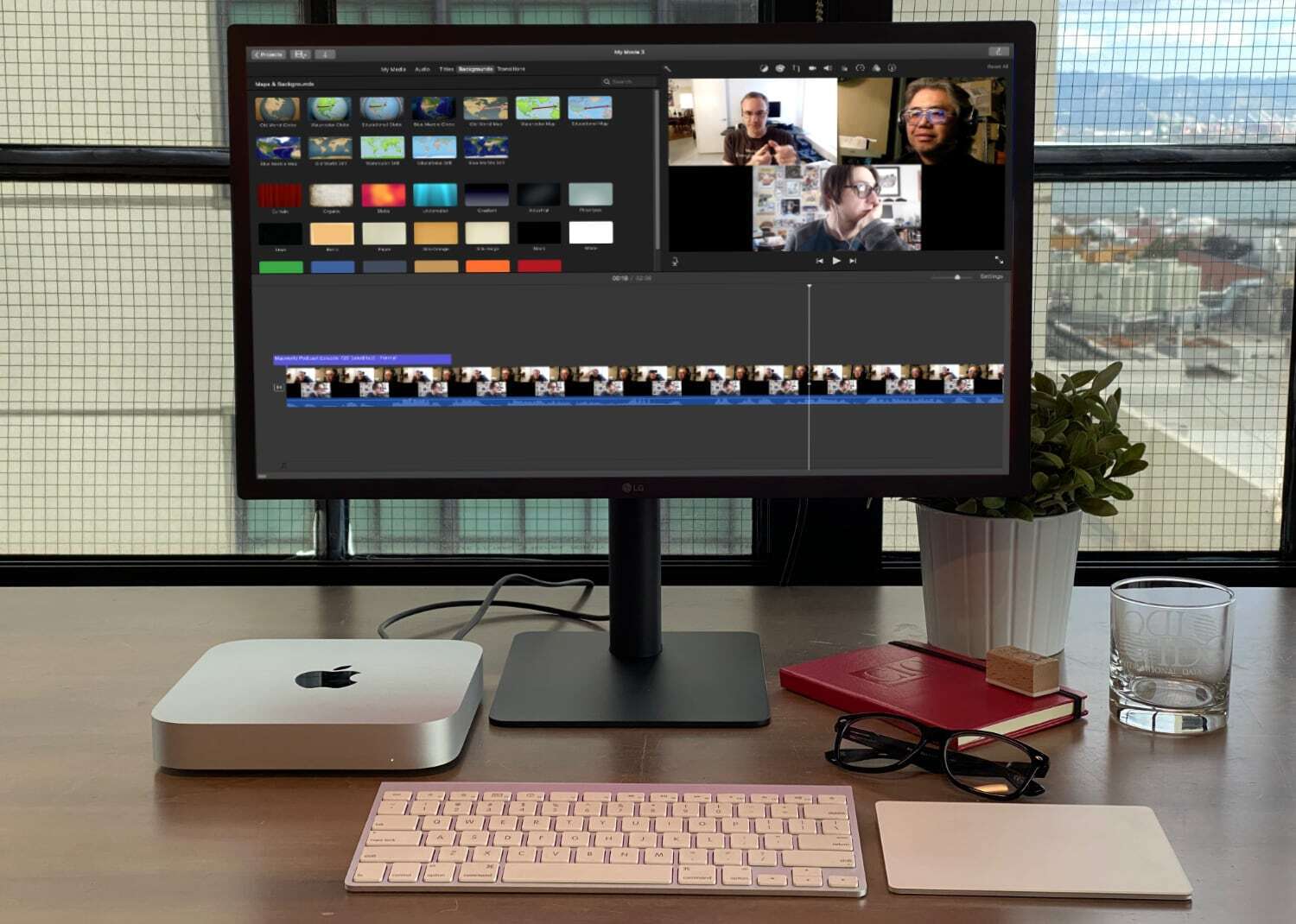The Mac mini EFI Firmware Update will update the EFI firmware on your computer. Your computer's power cord must be connected and plugged into a working power source. When your Mac mini restarts, a gray screen will appear with a status bar to indicate the progress of the update. The 2012 Mac Mini held a special place in many hearts thanks to how easy it was to upgrade. It remains Apple's last properly upgradeable Mac Mini, and even in 2020 can be a pretty handy little computer with the right bits inside.
We mentioned MacBook Pro EFI Firmware Update 2.5 in our round-up of product news on Tuesday. But that update for mid-2010 13-inch MacBook Pros wasn’t the only firmware release to come out of Cupertino this week.

Owners of the mid-2010 Mac mini and mid-2010 MacBook also have firmware updates to call their own. And like the MacBook Pro firmware release, these updates enable Lion Internet Recovery (which Apple also calls “Lion Recovery over the Internet”) on their respective Mac models.
- Can I update the firmware on my hard drive if it is installed in a Mac? Yes, however it must be an Intel-based Mac (i.e. MacPro and iMac - with Intel inside). There are other models of Macs that have Intel processors such as the MacBook and MacBook Pro notebooks as well as the Mac Mini, but these drives have notebook (2.5 inch) drives which are.
- The firmware updater package, after checking that the Mac can use the update, places an EFI boot file named EFIUpdaterApp2.efi, which is very similar in structure to the standard boot file that starts a Mac on the system volume, in the /System/Library/Core Services/Firmware Updates folder, along with the actual firmware image.
- If you are unwilling or unable to update the machine's firmware, elilo (the EFI Linux Loader) can be used to boot the Mac mini. However, this requires a specially prepared kernel and has some drawbacks (like not having 2D/3D accelerated graphics.).

Lion Recovery is a Mac OS X 10.7 (Lion) feature, enabled on any Lion-capable Mac when you install Lion, that lets you easily repair connected volumes or reinstall the operating system without needing an install disc. Specifically, the Lion installer creates an invisible, bootable 650MB partition on your startup drive that includes utilities for fixing problems, restoring files, browsing the Web, and reinstalling OS X.
However, Mac models introduced since Lion was released include special firmware that enables Lion Internet Recovery. Specifically, these Macs can use those same Lion Recovery features by net-booting, over the Internet, from Apple’s servers. This works even if the computer’s hard drive is damaged or missing. These firmware updates enable these particular pre-Lion Macs to take advantage of Lion Internet Recovery.
The Mac mini (Mid 2010) Firmware Update 1.5 is a 3MB download that, in addition to enabling Internet Recovery, fixes an issue where the setting to automatically restart after a power failure may not be retained. The MacBook (Mid 2010) Firmware Update 2.1 is a 3.1MB download. Both updates are available at Apple’s support website as well as through OS X’s Software Update feature. Both updates require Mac OS X 10.7.2 or later.
To install a firmware update on a MacBook, make sure the power cord for your MacBook is plugged in. For either Mac, when the computer restarts, you’ll see a gray screen with a status bar showing the update’s progress. Be prepared to wait a few minutes for the update to finish. Apple warns users not to turn off the power to their computer during the update.

Update Mac Mini Firmware 1.1 To 2.1
2012 Mac Mini Firmware Update
Updated 1/25/2012, 7:10pm, to clarify difference between Lion Recovery and Lion Internet Recovery.
